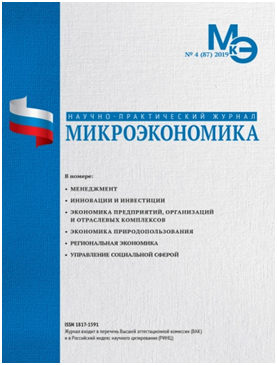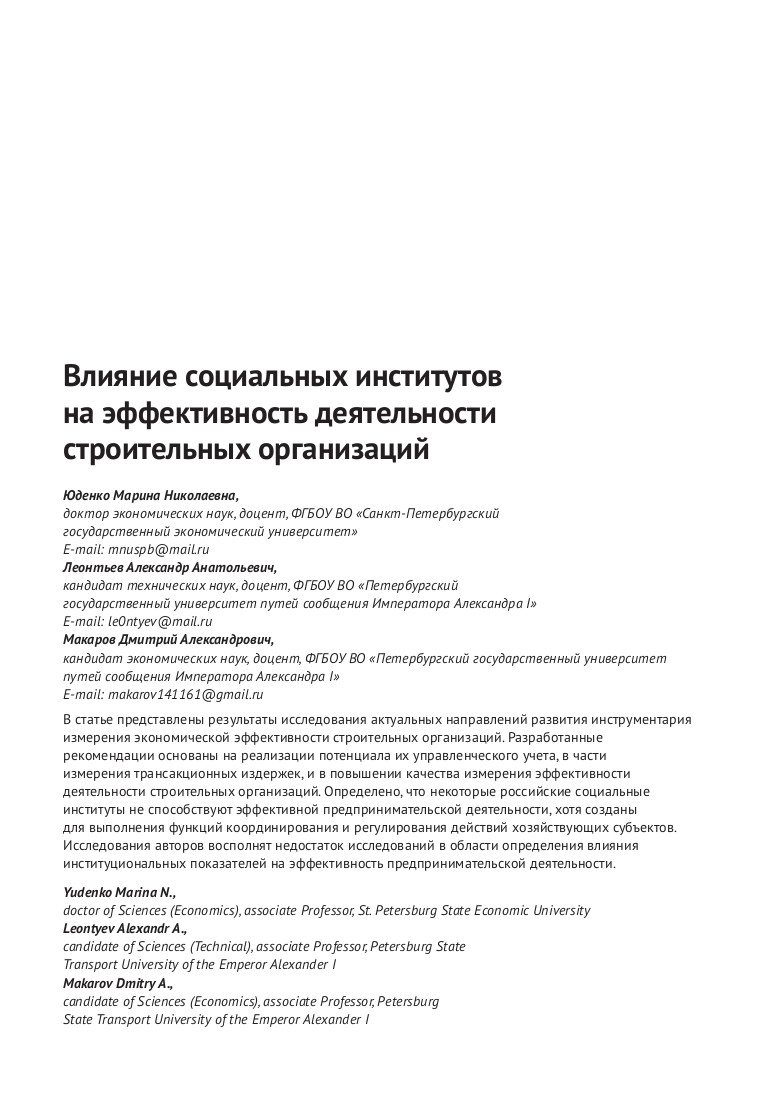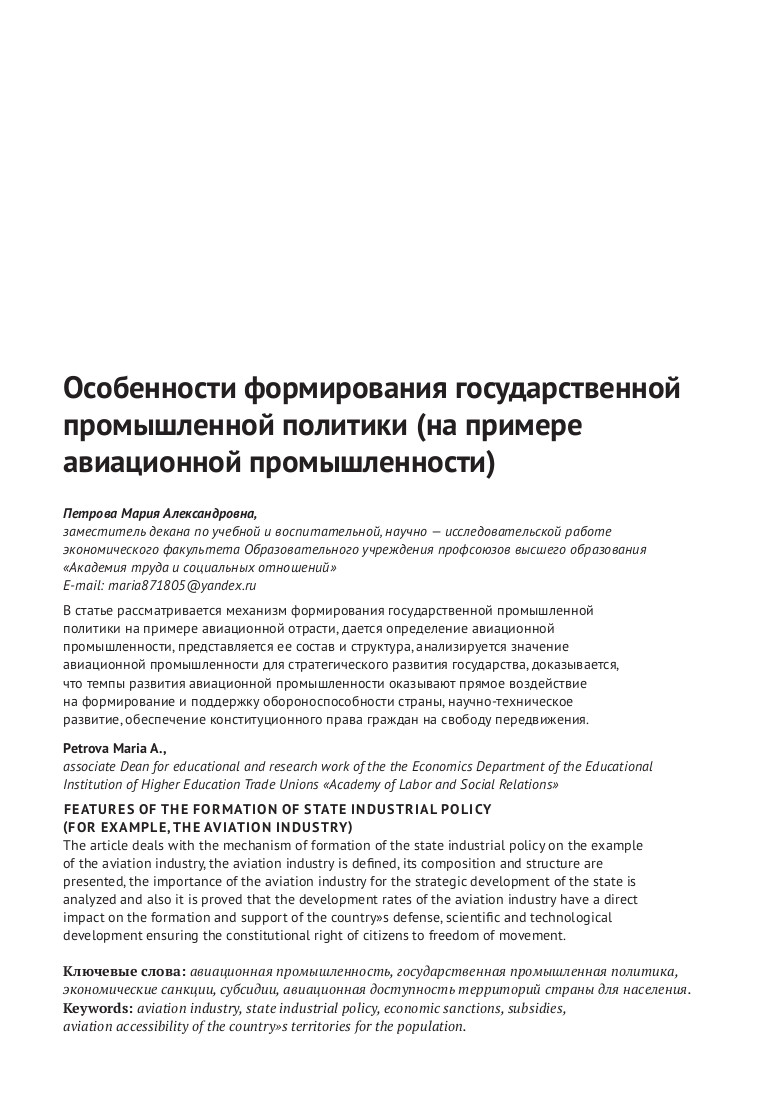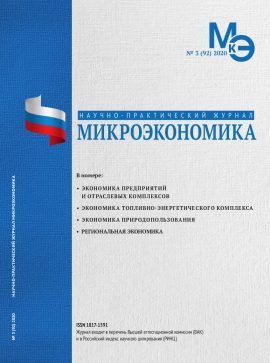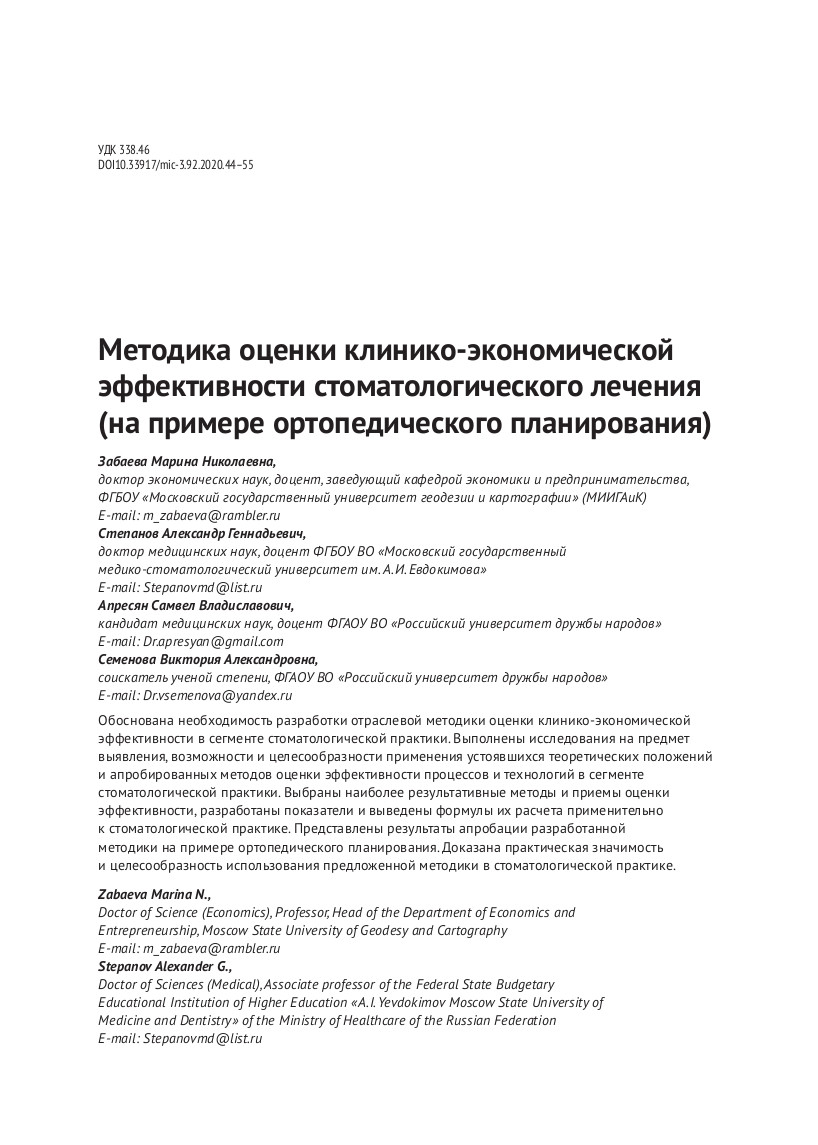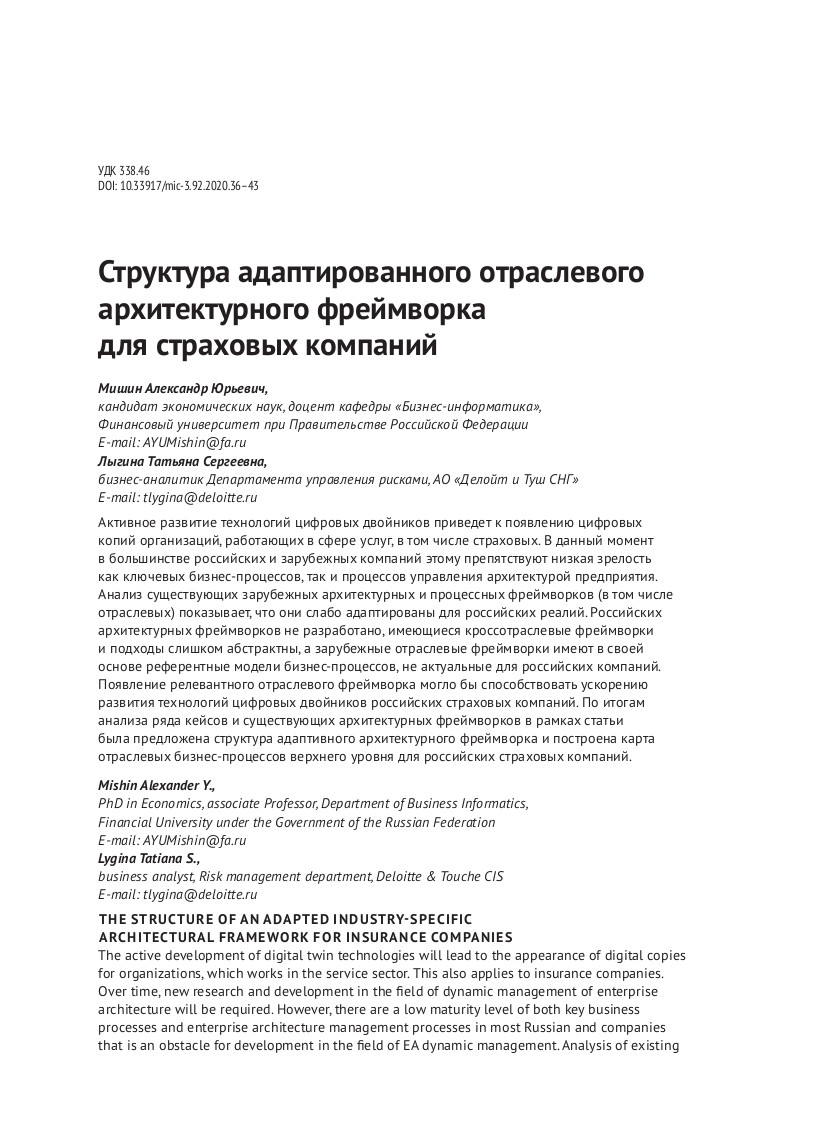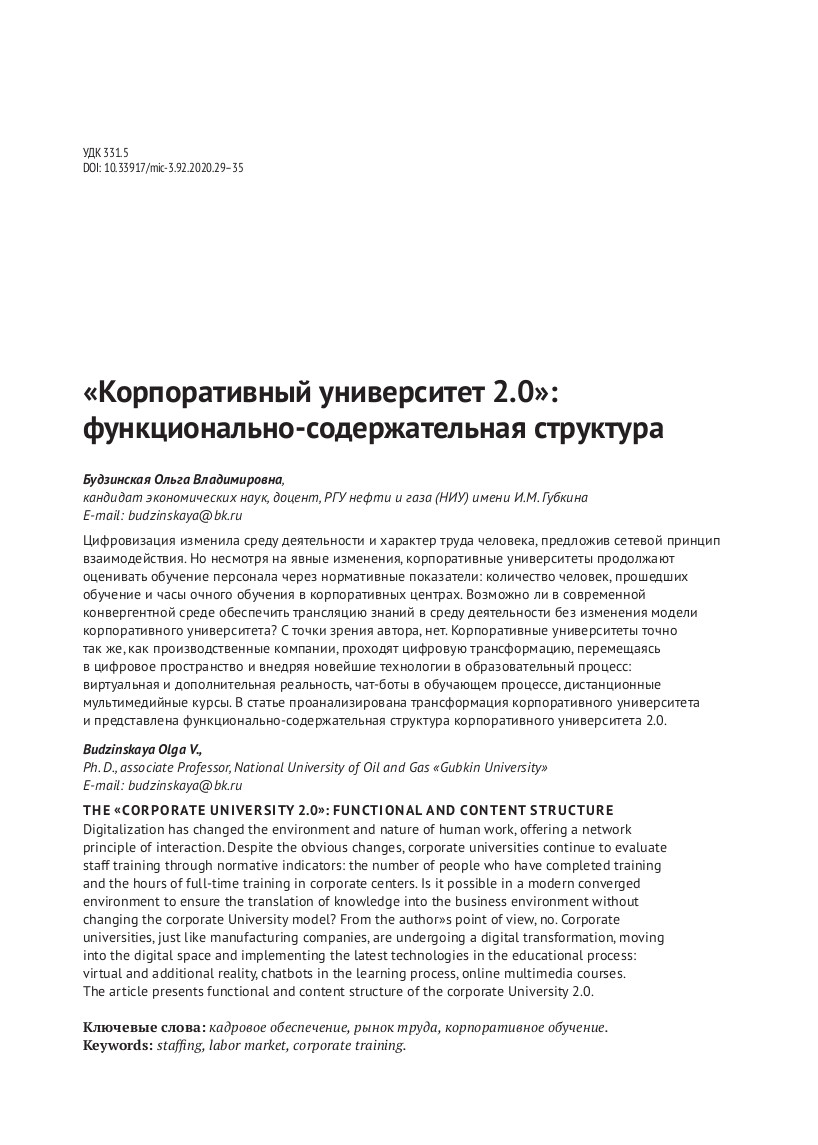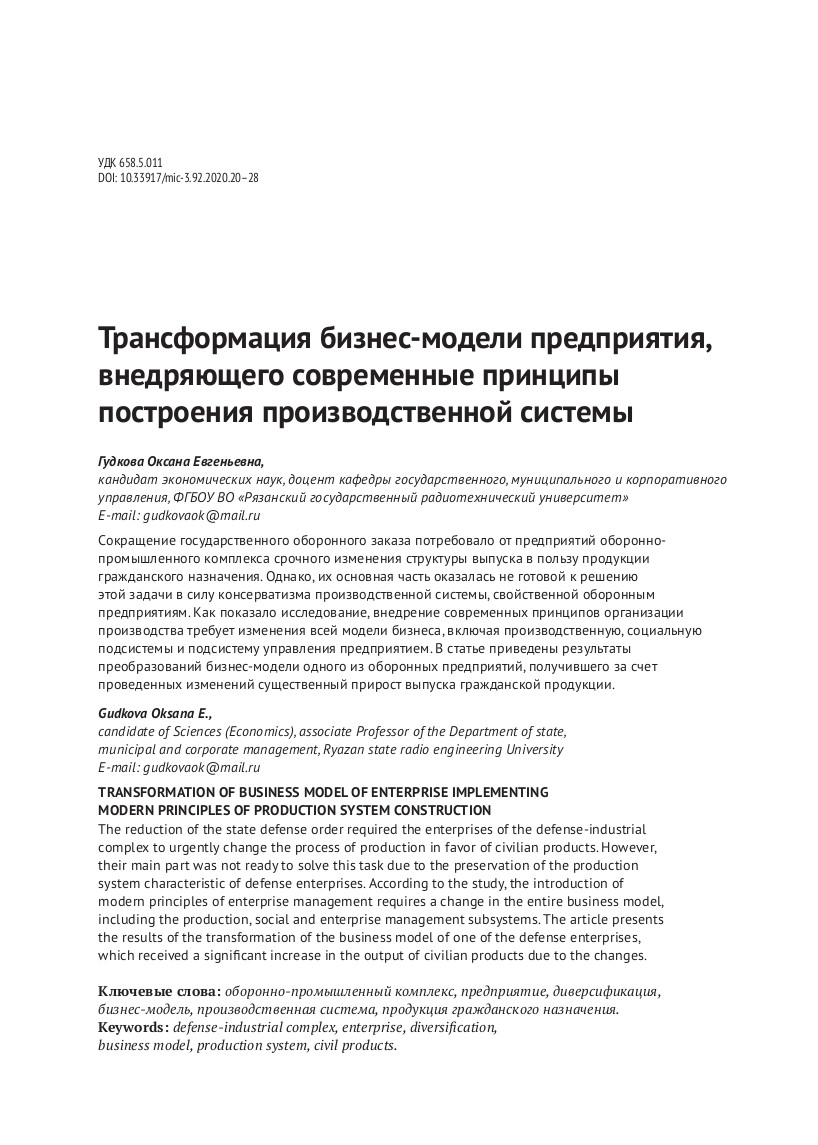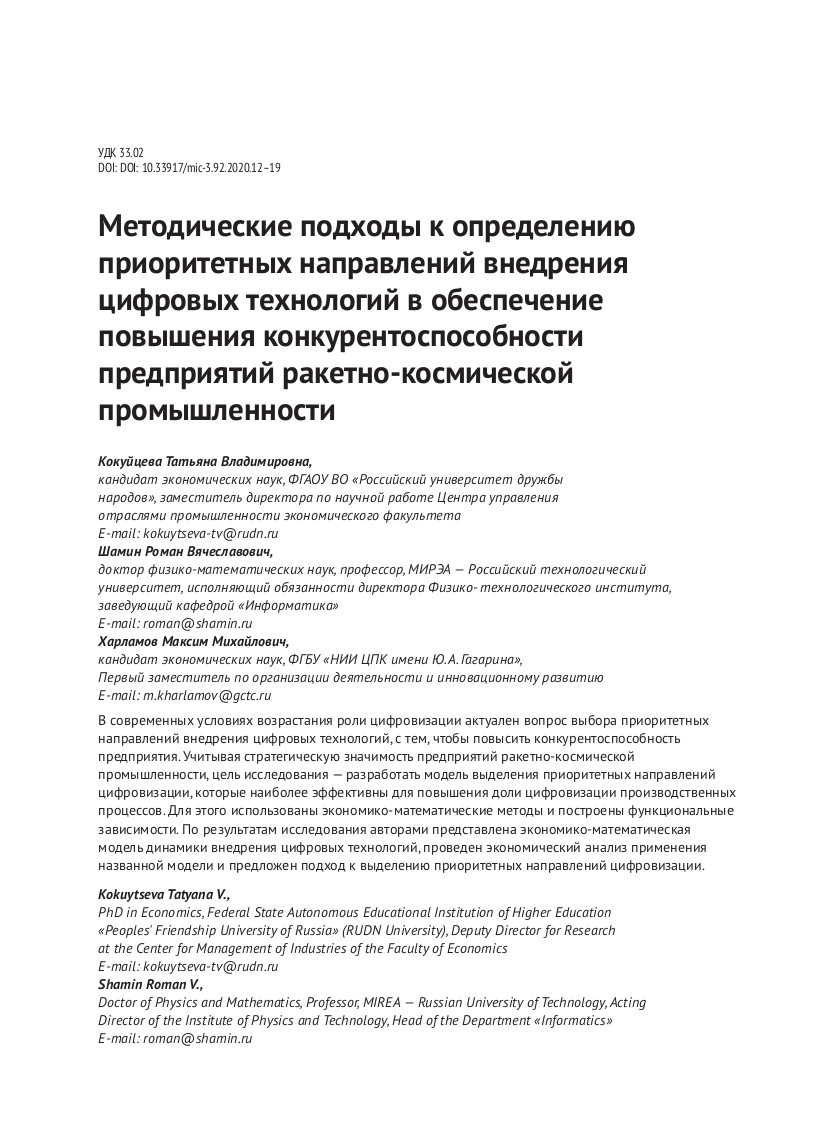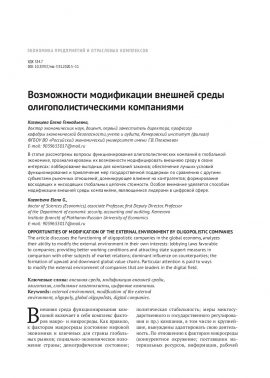The influence of social institutions on the efficiency of activity construction organizations
The article presents the results of the study of current directions in development of tools to measure the economic efficiency of construction organizations. The recommendations are based on the realization of the capacity of their management accounting, in parts of measuring transaction costs, in improving the quality of measurement the efficiency of construction organizations operation. It has been determined, that some Russian social institutions do not promote effective business activities, although they are created to perform the functions of coordinating and regulating the actions of business entities. The authors’ study compensate the lack of research on determining the impact of institutional indicators on business performance.


